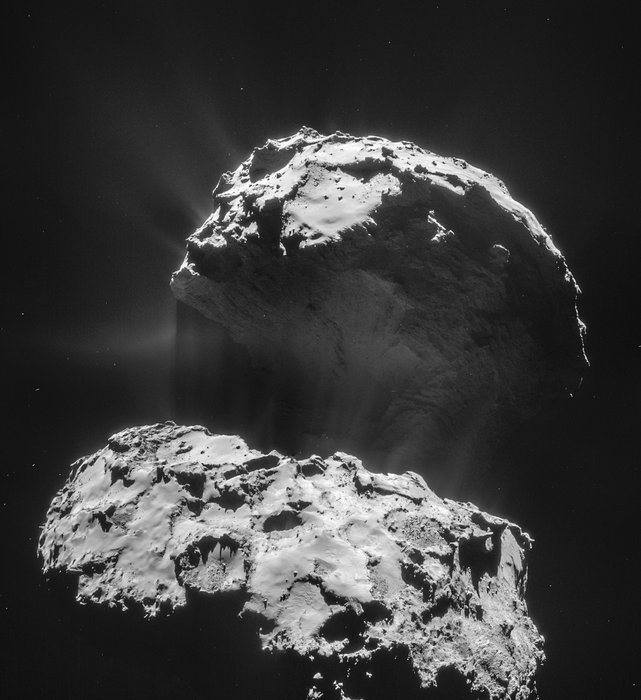furious said:
Is it set to take pictures at specific intervals or at the direction of those monitoring it?
It’s controlled from Earth, but I imagine they have to order it to take snaps at certain intervals during each manoeuvre, because of the time lag.
Is Rosetta pre-programmed or are commands sent from the ground?
Rosetta is operated from the ground. It was impossible to programme manoeuvres for the whole mission before the launch because this would have entailed adjustments at each stage of the journey. Ground commands are sent periodically to readjust the spacecraft’s trajectory. These take up to 50 minutes to reach the spacecraft, when it is farthest from the Earth.
How does the spacecraft deal with this long time lag?
To compensate for the delay, Rosetta is provided with built-in intelligence to look after itself. This is done by its on-board computers, whose tasks include data management and attitude and orbit control. In the event of problems during the lengthy cruise, experts added backup systems to ensure that the spacecraft could remain operational during critical mission phases. For example, to avoid losing power, the spacecraft automatically positions itself with the solar panels facing the Sun.
http://www.esa.int/Our_Activities/Space_Science/Rosetta/Frequently_asked_questions





